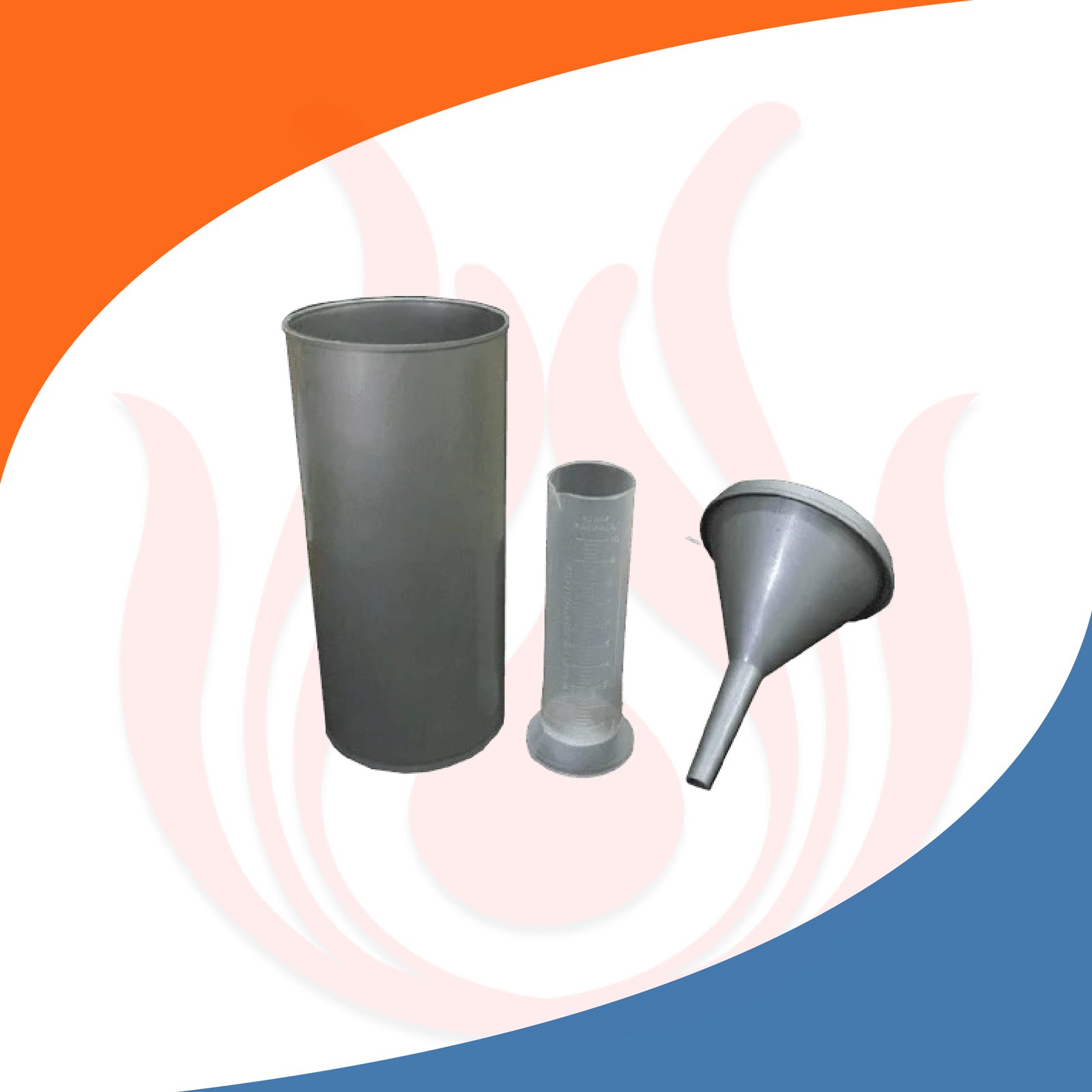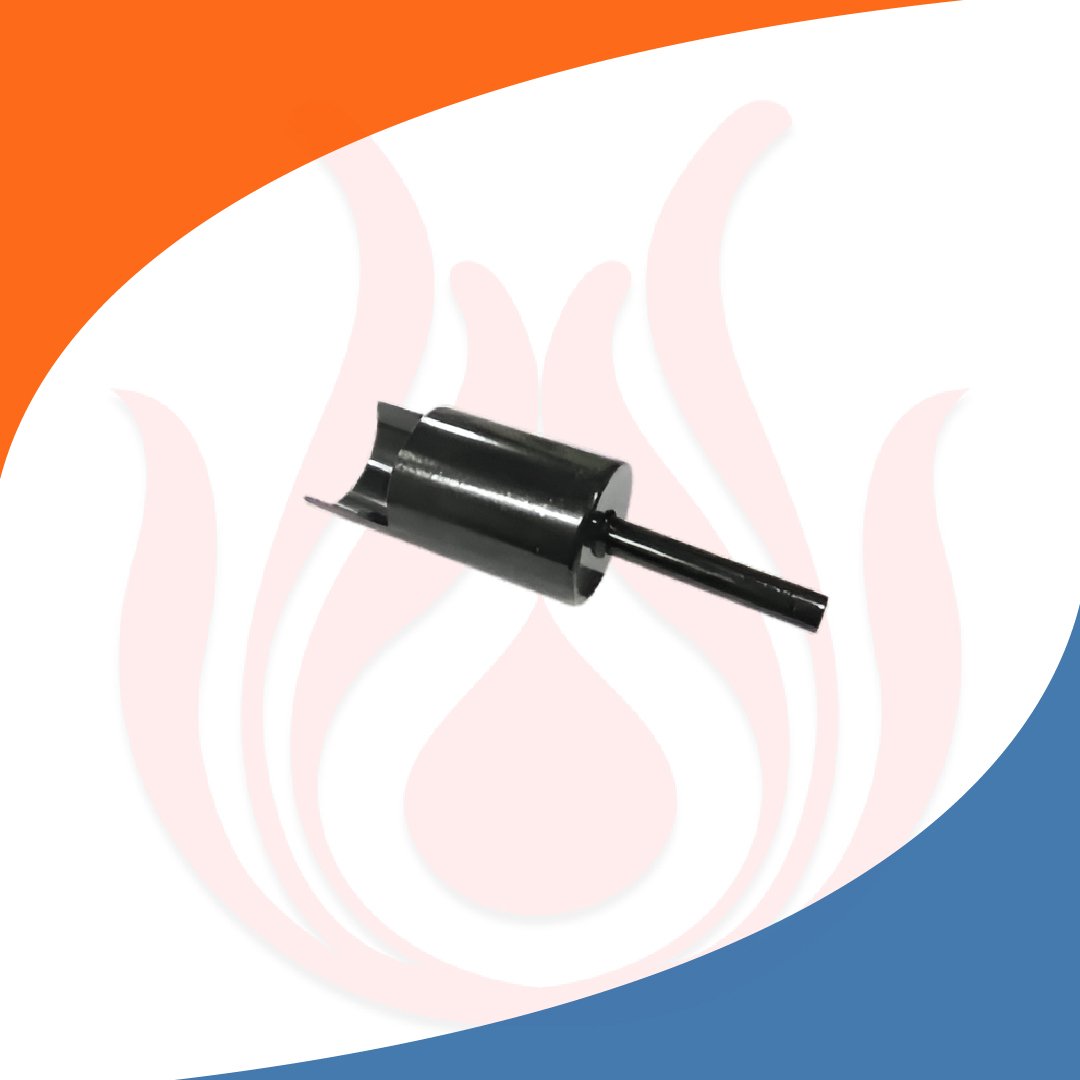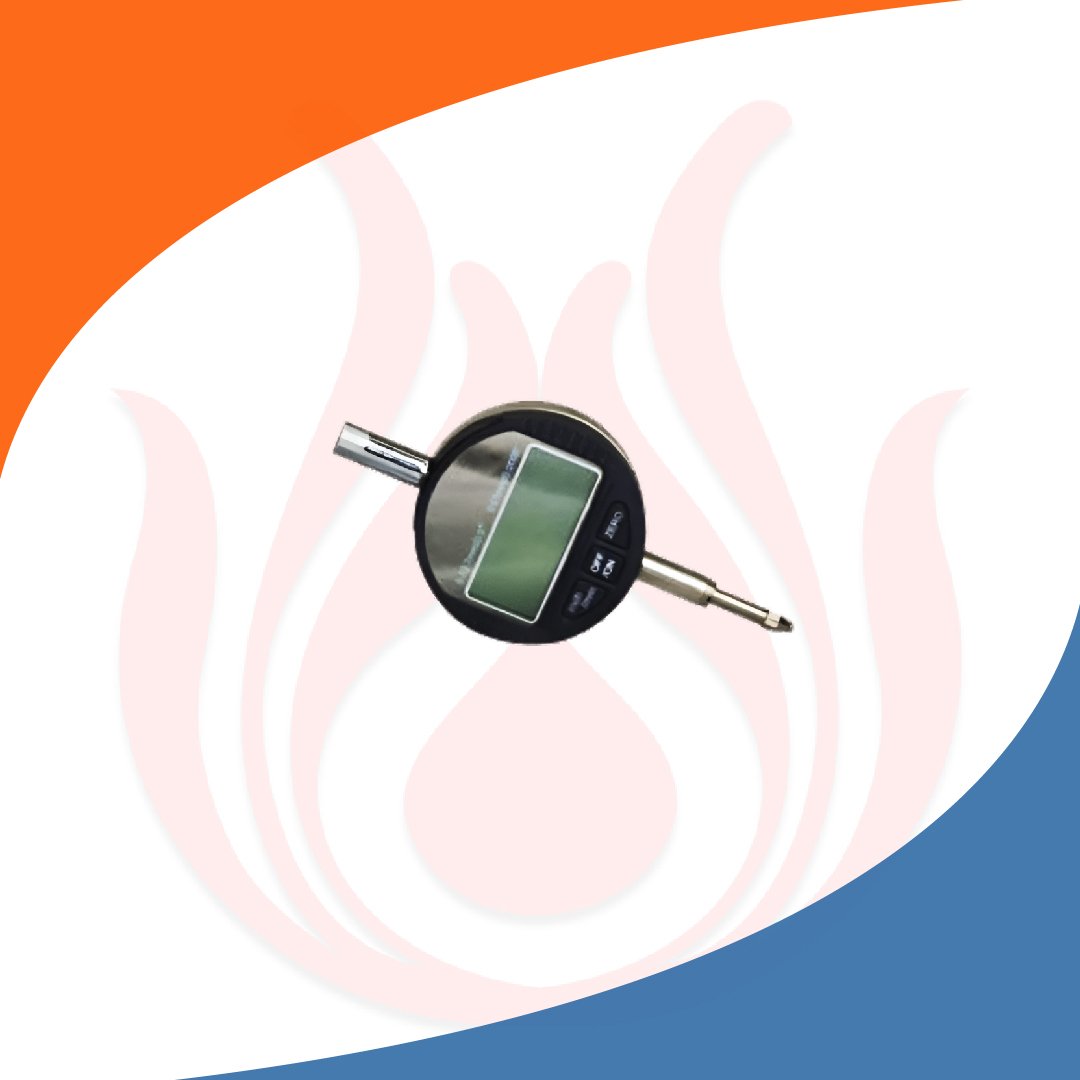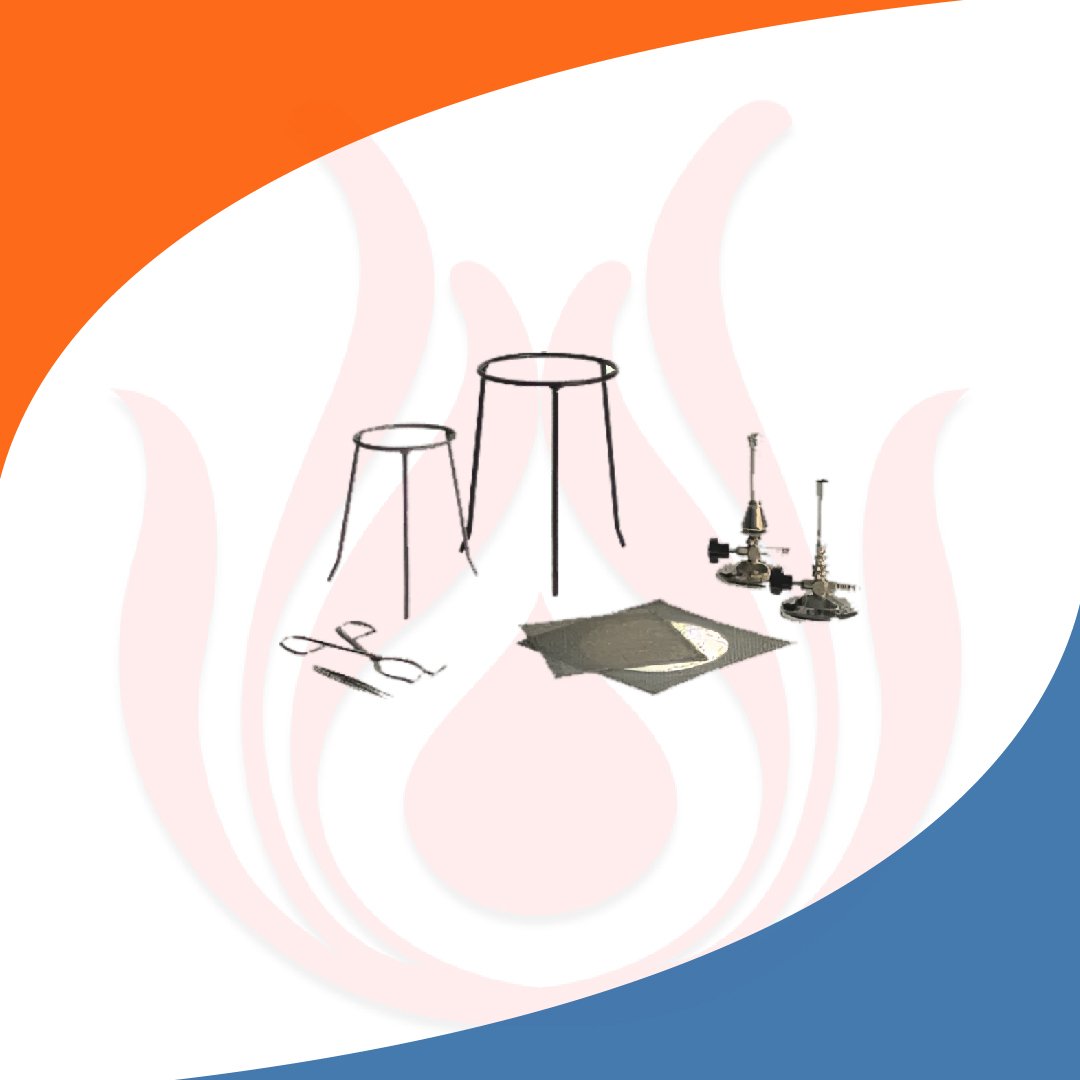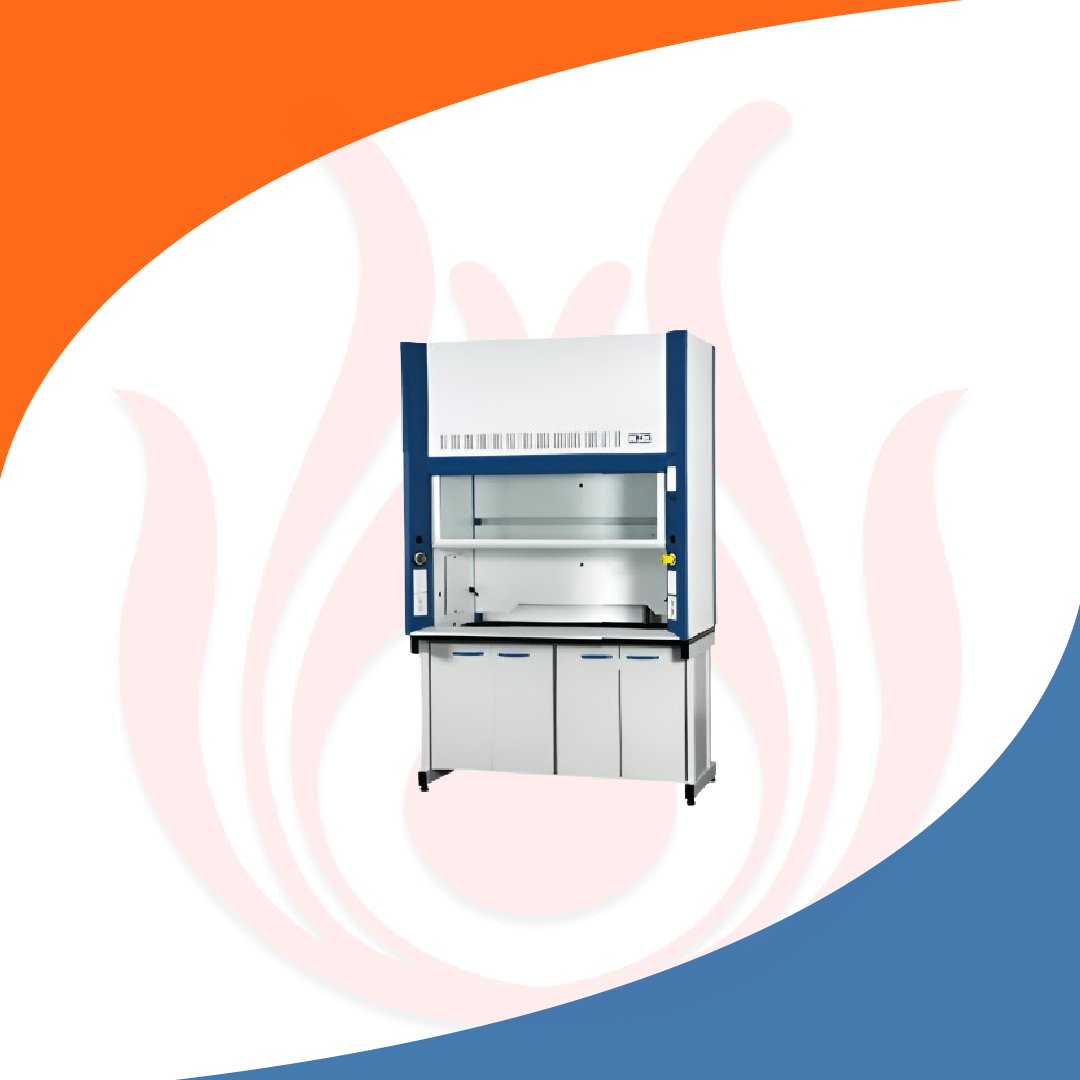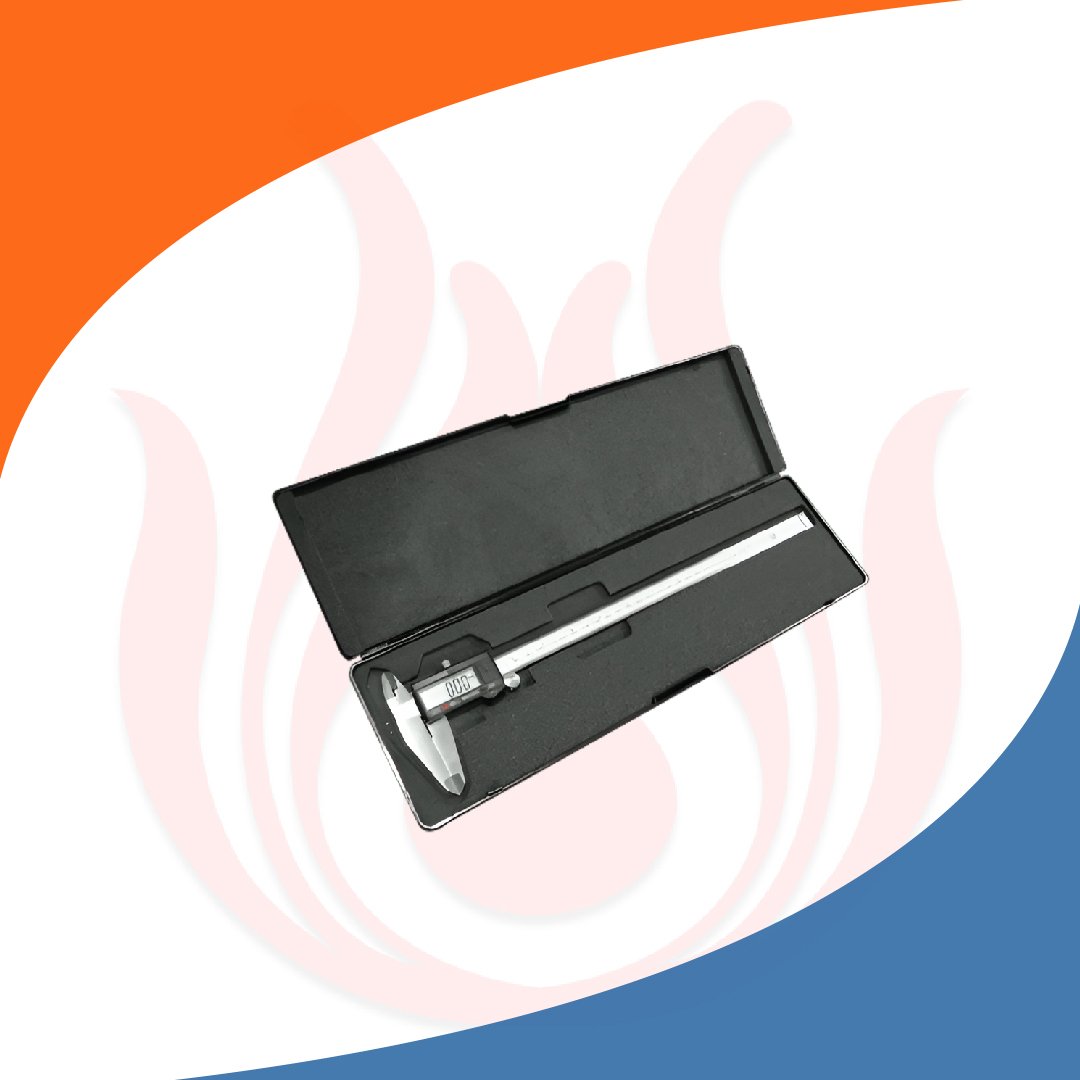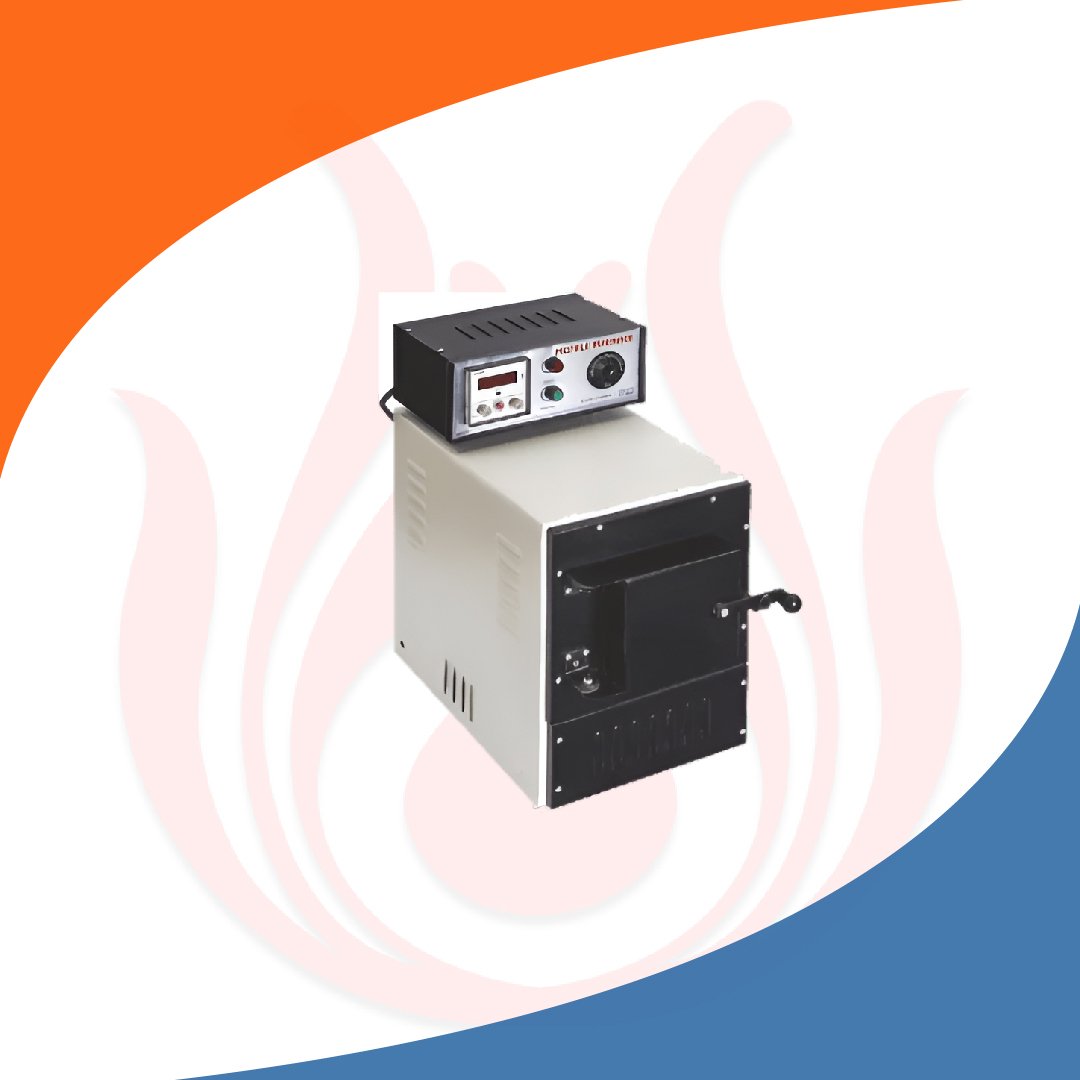General Laboratory Equipment
Essential tools required for day-to-day lab activities.
Laboratories are one of the main and important aspects of development. Great innovations and ideas come through these laboratories, which includes scientific experiments. These experiments depend on a variety of equipment or tools to accomplish such research and analysis.
These tools are the base for experiments, taking measurements and maintaining precision and accuracy of such scientific work. Some mostly used laboratory equipment are – laboratory oven, weighing balance which helps in precise weighing of components, muffle furnace, pH metre, filter paper and many more. Instruments including microscopes help in analysing small components. There are many safeties equipment that are needed to perform such laboratory equipment, which includes protective glasses, lab coats and other essential protective wears which safeguard the technicians from any kind of hazard. Thus, these general laboratory equipment plays a crucial role in strengthening scientific works in different fields.
Significance of general laboratory equipment:
Following are some significances of general laboratory equipment-
- Precise and Accurate: Laboratory equipment gives results with utmost precision, which is most crucial for experiments and research.
- Safety features: General laboratory tools have features which can save lab technicians from any accidents.
- Versatile: General Laboratory equipment are versatile in nature as they can perform various experiments at different temperatures.
Uses of general laboratory equipment:
General laboratory equipment serves as a crucial aspect in performing an experiment. Below are some basic laboratory equipment and there uses –
- Hot air oven: Hot air oven is used in laboratories to determine the moisture content, heat, sterilize samples.
- Digital pH meter: Digital pH meter makes it easy to determine the pH of a sample in no time accurately and precisely.
- Pipettes and burettes: They are used in laboratories to carry out various lab experiments such as titration. They store liquid samples with correct measurements which are then used for the experiment purpose.
- Conical flasks and measuring cylinders: These are used in laboratories to hold and measure liquid samples for various analysis.
- Weighing balance: Weighing balance is used in laboratories to accurately measure samples.
Advantages of general laboratory equipment:
- General laboratory equipment is versatile and can be used for wide ranges of experiments.
- They are cost friendly and affordable as compared to other specialised instruments.
- They are durable and have the capability to be used regularly.
- They are easy to use and are readily available from different suppliers.
Products and services provided by lotus traders in general laboratory equipment:
Lotus traders is well known for its quality products and top-quality standards. Lotus traders is the one stop destination for all your construction requirements and equipment.
Following are some commonly used general laboratory equipment supplied by Lotus traders:
Circular Hot Plate: Laboratory equipment such as circular hot plates are used to heat components. It is designed with a disc shaped heating surface that is made of ceramics, suitable for heating at different temperatures. The equipment can withstand up to 300°C and it requires a power supply of 230V, A.C.
Laboratory Oven: Laboratory oven also known as hot air oven is a machine which provides controlled temperature to substance to carry out various processes like drying, heating etc.
Rain Gauge: It is an instrument used to measure rainfall per unit area in each period. It has a diameter of 127mm rim.
Digital Temperature Humidity Metre: Digital temperature humidity metre is a machine or instrument which is used to measure both temperature and humidity in a particular environment. It has a dimension of 105 × 97 × 23 mm.
Digital Thermometer: Digital thermometers are used in labs to measure temperature accurately and precisely. They give digital and instant readings. It has a dimension of 105 × 97 × 23 mm.
Enamel Tray: Enamel tray is used to hold various lab accessories, and other equipment. These trays are made up of steel or iron and then it is laminated with a sheet of enamel. It has a dimension of 105 × 97 × 23 mm.
Filter paper: Filter papers are used in laboratories to separate impurities from a solution. These papers can withstand hard and corrosive chemicals.
Moisture Tins: Moisture tins are used in laboratories to determine the moisture content of a substance. These tins are generally made of aluminium or stainless steel. They can withstand high heat temperatures.
pH Tester: pH tester helps to determine the acidic, basic and neutral nature of a substance. It usually ranges from 0.0 to 14.0 pH, has a pH tester resolution of 0.1 pH, pH tester accuracy of ±0.1. Calibration is done manually. It has a battery life of 4 x 1.5V / approx. 700 hours of continuous use, it is suitable for an environment of 0 to 50°C (32 to 122°F); RH max 95%. It has a dimension of 175 x 41 x 23 mm (6.9 x 1.6 x 0.9″) and weighs about 95g.
Plastic Wash Bottle: Plastic wash bottles are used in laboratories to contain distilled water or any kind of solvents and disburse it.
Sampling Tray: Sampling trays are flat surfaces that are used in laboratories to hold or assemble samples at the time of experiments. Different sizes that are available – 254x254x38 mm, 306 x 306 x 38 mm, 460x460x50 mm and 500x400x120 mm.
Laboratory Scoops: Laboratory scoops are an essential tool used in labs to transfer and hold chemicals. They are generally made up of stainless steels or aluminium. They have different capacities, including 325 cc, 500 cc, 1000 cc, 2000cc and 5000cc.
Spatula: Spatulas are used in laboratories to shift less amount of chemicals and samples. They are made up of stainless steel.
Triple Beam Balance with Vernier: Triple beam balance along with vernier is an important equipment used in labs which is used to measure mass of substances precisely. Stainless steel pan is included in this instrument and it requires zero adjustment. It has a sensitivity of capacity x 0.01 g.
Triple Beam Balance: Triple beam balance is used in laboratories to measure the mass of substances accurately. It has a capacity of 2160 g and has a sensitivity of 0.1 g.
Dial Gauge: Dial gauge in labs is used in laboratories as a measuring tool. The results provided by dial gauge are precise and accurate.
Dial Thermometer Different: A dial thermometer is used in labs as an instrument for measuring temperature. Dial present on the thermometer gives the reading of the temperature. It has a dial size of 2” to 6”, stem length of 2” to 48”. The material used in stem is stainless steel and it usually ranges from 0-50°C, 0-100°C, 0-150°C, 0-200° C, 0-300°C, 0-400° C -20 to +60°C, and -30 to +50°C.
Digital Double Door Drying Oven: Digital double door drying oven is used in laboratories to carry out different processes like drying, sterilisation etc of samples. This equipment consists of a digital temperature controller.
Humidity Chamber: Humidity Chamber is an equipment used in laboratories to control humidity levels during ongoing experiments.
Muffle furnace: Muffle furnace is a high heat treatment equipment used in laboratories to carry out different experiments such as heating, ashing of samples. It requires a power supply of 230 V A.C. It can withstand a maximum temperature of 950°C and its working temperature is 900°C.
Stands, Boss heads and Clamps: Stands are support stands vertical in shape and are used in laboratories to hold or support various equipment such as a burette during experiment. Boss heads are attached to stands which hold and attach those lab apparatus. Clamps are attached to boss heads.
Tool Kit: Tool kits present in laboratories contain important tools that can be used during experiments.
Sampling Bowls: Sampling bowls are an important tool in laboratories, which holds samples that are going to be experimented on. They are usually made up of stainless steel. Different dimensions available are – 25 cm Dia, 30cm Dia, 40cm dia.
Rubber Tubing: Rubbing tubing is a tool used in laboratories which helps to connect different equipment and transfer liquids. They are of different shapes and can either be transparent or opaque.
Graduated Measuring Jars: Graduated measuring jars are usually cylindrical in shape which is used for measuring liquids in the laboratory. It has a capacity ranging from 5-200 ml.
Room Thermometer: Room temperature is used in laboratory rooms to measure the temperature of that room. This tool ensures that temperature remains constant. Range of Room Thermometer is-30 to +60ºC
Fume Hood Cabinet: Fume hood cabinets are used in laboratories to protect lab technicians by exhausting dangerous fumes or vapour with the help of a ventilation system.
Heating Mantle: Heating mantle is an equipment used in laboratories to heat samples in glass containers. It can withstand temperature up to 350°C. It requires a power supply of 230V, A.C. Supply and has a capacity of 250 ml to 20 Litres.
Laboratory Trolley: Laboratory trolley is used in laboratories to carry and transport equipment and other apparatus in a laboratory. They are usually made up of steel.
Digital Vernier Calliper: Digital vernier callipers are used in laboratories to measure length, breadth, and depth of various samples. It has a resolution of 0.01mm/0.0005”. It contains various buttons such as on/off, zero, mm/inch. It is usually made up of stainless steel.
Humidity Chamber Cooling: Humidity chamber cooling consists of a refrigeration system used to maintain controlled experiment conditions in laboratories. It has a temperature range from (5-50°C) and humidity of 40 % to 95 % (+/- 4%).
Rectangular Hot Plate: Rectangular hot plate is used in laboratories to heat samples during experiments. It has a flat and rectangular heating surface and is adjustable to different temperatures. It can withstand up to 300°C and requires a power supply of 230V, A.C. Supply.
TDS metre: TDS stands for total dissolved solids. It is an equipment used in laboratories to measure the concentration of dissolved solids in a sample. It ranges between 0 – 9990 ppm (mg/L) and temperature range between (0 – 80°C). It has a resolution of 0-999: 1 ppm; 1000-9990: 10 ppm (indicated by a ‘x10’ icon) and temperature resolution of 0.1°C. Accuracy of this machine is +/- 2%. EC-to-TDS Conversion Factor is NaCl (avg. 0.5). It has a built-in sensor for Automatic Temperature Compensation of (1 to 50°c). It gets its power source from 2 x 1.5V button cell batteries (included) (LR44 or equivalent) and has battery life of 1000 hours of usage.
Water Bath: Water bath is an equipment that is used in laboratories to heat, incubate or maintain constant temperature of specimens. It has a chamber where water is filled and a heater which controls the temperature. The size of the chamber is 30cm x 25cm x 12cm and temperature ranges from Ambient to 100°c.
Vacuum Pump: Vacuum pump is an equipment used in labs in order to develop vacuum or maintain vacuum. It requires a power supply of 230 V AC, Single Phase Supply,50 Hz and is available in different sizes such as 0.25, 0.50, 1.0 HP.
FAQ's
General laboratory equipment refers to those tools which are used in laboratories to perform day to day lab experiments. They play a major role in the field of scientific research and development.
Safety precautions that are to be considered are –
- It is necessary to handle chemicals with utmost care.
- Wearing hand gloves and other protective wears are important to protect oneself from getting exposed to harmful chemicals.
- One should know how to operate the equipment.
- Calibration of some laboratory equipment should be necessarily done.
Calibration of laboratory equipment is done because it provides precise and accurate results during experiments.
Maintenance of laboratory equipment is done by –
- Regular inspection of the equipment.
- Following manufacturer’s instructions
- Calibration of equipment should be done regularly.
- Clean with solvents.
Benefits of such equipment are –
- They are versatile.
- They provide accurate and precise results.
- They are efficient.
Laboratory equipment can be stored in clean containers or shelves. They can also be kept in close cabinets.
There is a lot of general equipment available. They are – pipettes, burettes, moisture tins, laboratory ovens, muffle furnace, pH metre, water bath, TDS metre, rectangular hot plate, humidity chamber cooling, digital vernier calliper, laboratory trolley, heating mantle and many more.
Disposal of broken laboratory equipment can be done by –
- Assessing the damage, whether it is repairable or not.
- Harmful damages done by corrosive chemicals should be handled by professionals.
- Recycling can be done of equipment containing glasses or plastics.





